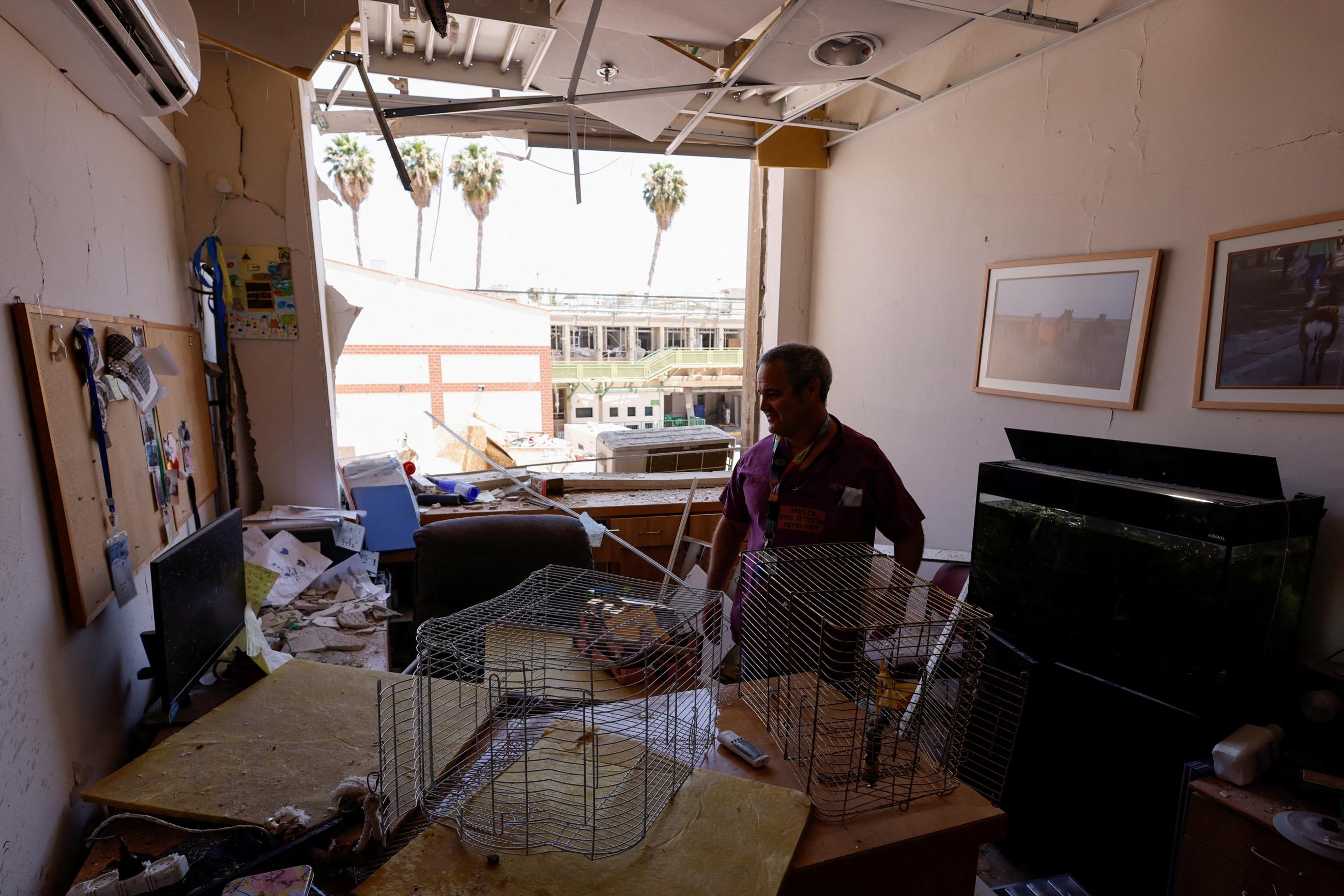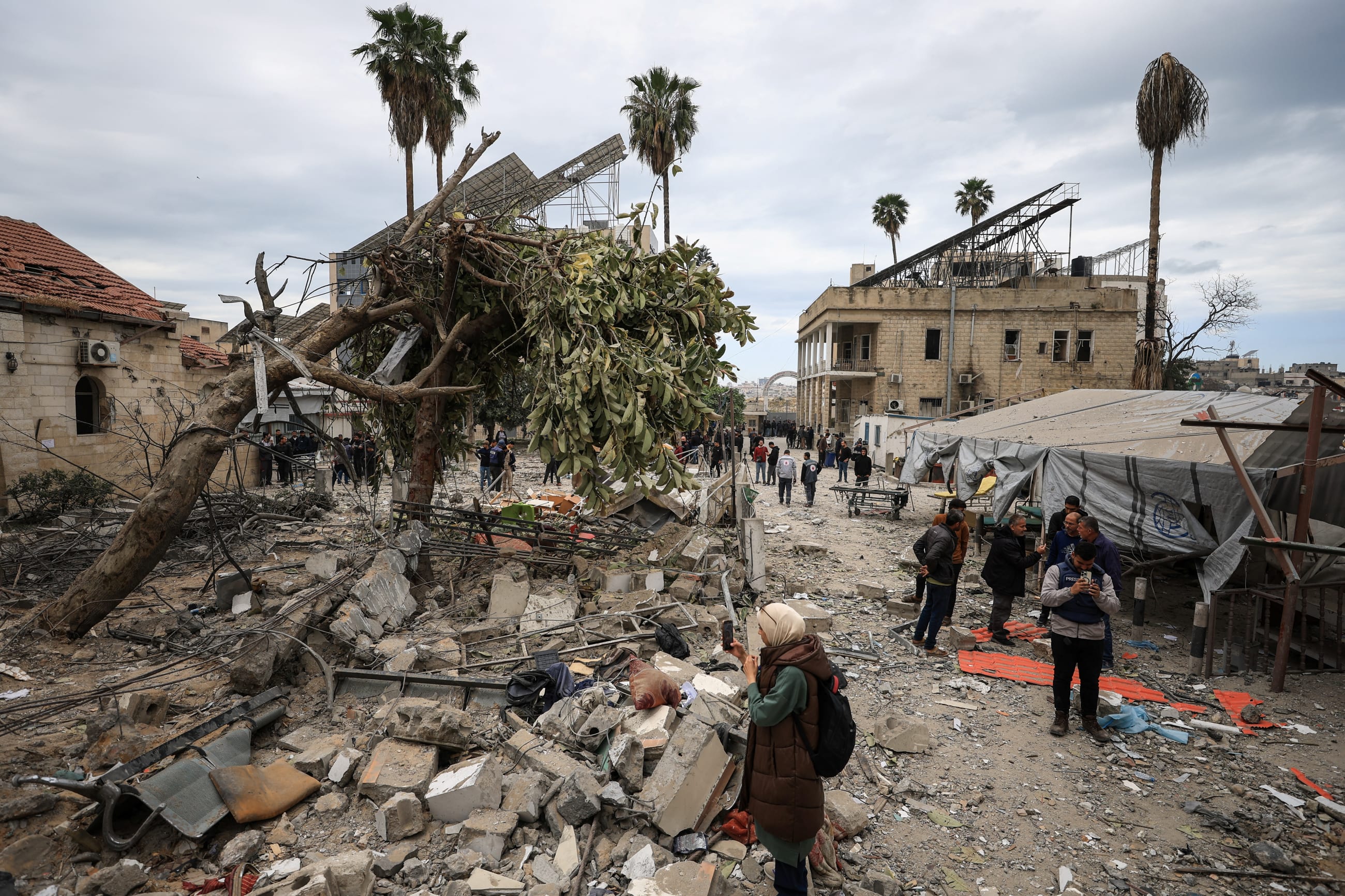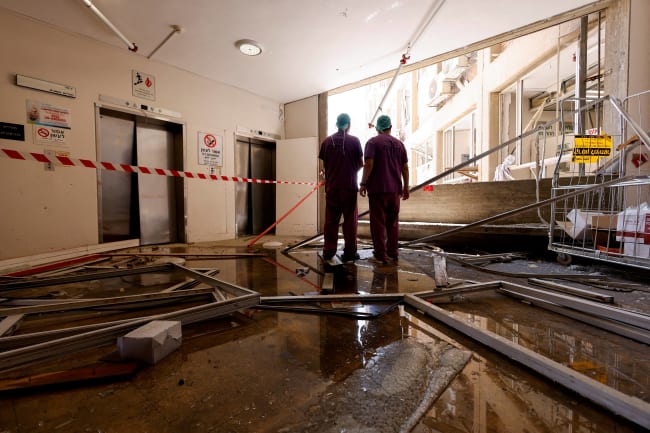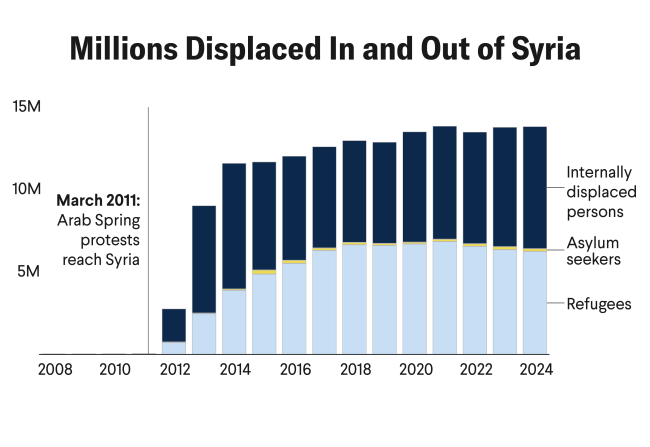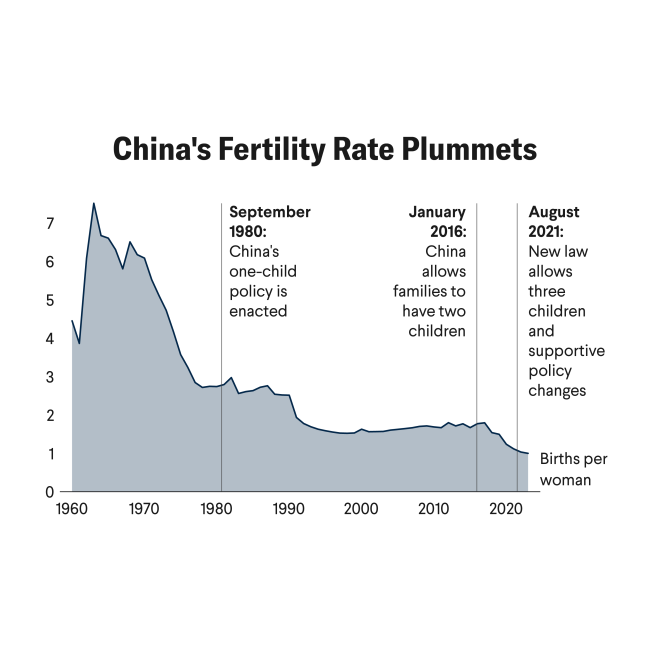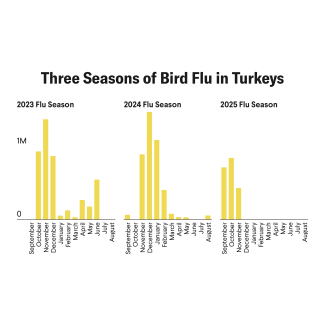In mid-June, the so-called 12-day war between Iran and Israel raised Western media coverage of attacks against health care. The Soroka hospital in the Israeli town of Beersheba had been seriously damaged by a ballistic missile that Iran claimed was targeting a nearby Israeli military facility. Photos showed how, rather than providing care to the ill, parts of the hospital had become sites of rubble, debris, and fear.
Insecurity Insight identified [PDF] at least three incidents of violence against health care in Israel and 27 incidents of violence against health care in Iran during the hostilities, which could be an undercount given reporting barriers in both countries. In Iran, health facilities were reportedly damaged on at least 14 occasions, 16 health workers were killed, and three others were injured. The damaged sites included a children's facility and an emergency health building that were reportedly struck by Israeli plane- and drone-delivered explosive weapons.
Every attack on health care is a tragedy. Behind the figures are individual lives. Patients, health workers, and their relatives endure trauma, have treatments disrupted, and lose their lives. Often, the fallout reverberates for many years, commonly in health systems that cannot quickly repair facilities and restore services. Such facilities so often characterize conflict zones.
More than half of the conflict-based attacks on health care reported last year happened in the Middle East
The individual tragedies witnessed in Iran and Israel convey a broader, horrific pattern. In 2024, the Safeguarding Health in Conflict Coalition, based on Insecurity Insight data, documented more than 3,600 attacks on health care [PDF] in conflict globally—the highest figure since reporting began more than a decade ago. In these incidents, health facilities were damaged or destroyed on more than 1,100 occasions, and more than 920 health workers were reportedly killed.
More than half of the conflict-based attacks on health care reported last year happened in the Middle East. The occupied Palestinian territory alone accounted for more than a third of the reported attacks globally. Following the horrific attacks by Hamas and affiliated militants in October 2023 and Israel's military campaign, Insecurity Insight has identified the killing of more than 600 health workers in the occupied Palestinian territory. One Palestine-focused monitor reports, as of July 7, a death toll twice as large.
Meanwhile, last year in Lebanon, a startling 485 attacks on health care and the killing of 408 health workers were reported. The attacks in Lebanon were concentrated primarily during Israel's ground invasion at the end of September 2024 and before the ceasefire agreement in late November.
In Syria, a yearslong pattern of strikes against health care continued through the final days of the Bashar al-Assad regime, when attacks by Russia and forces aligned with Assad damaged 14 health facilities and killed six health workers. In 2024, a total of 62 attacks on health care were documented in the country.
Despite a relative reduction of violence in Yemen's civil war, the country reported 52 attacks on health care, including the killing of six health workers and at least 18 raids on health facilities by conflict parties.
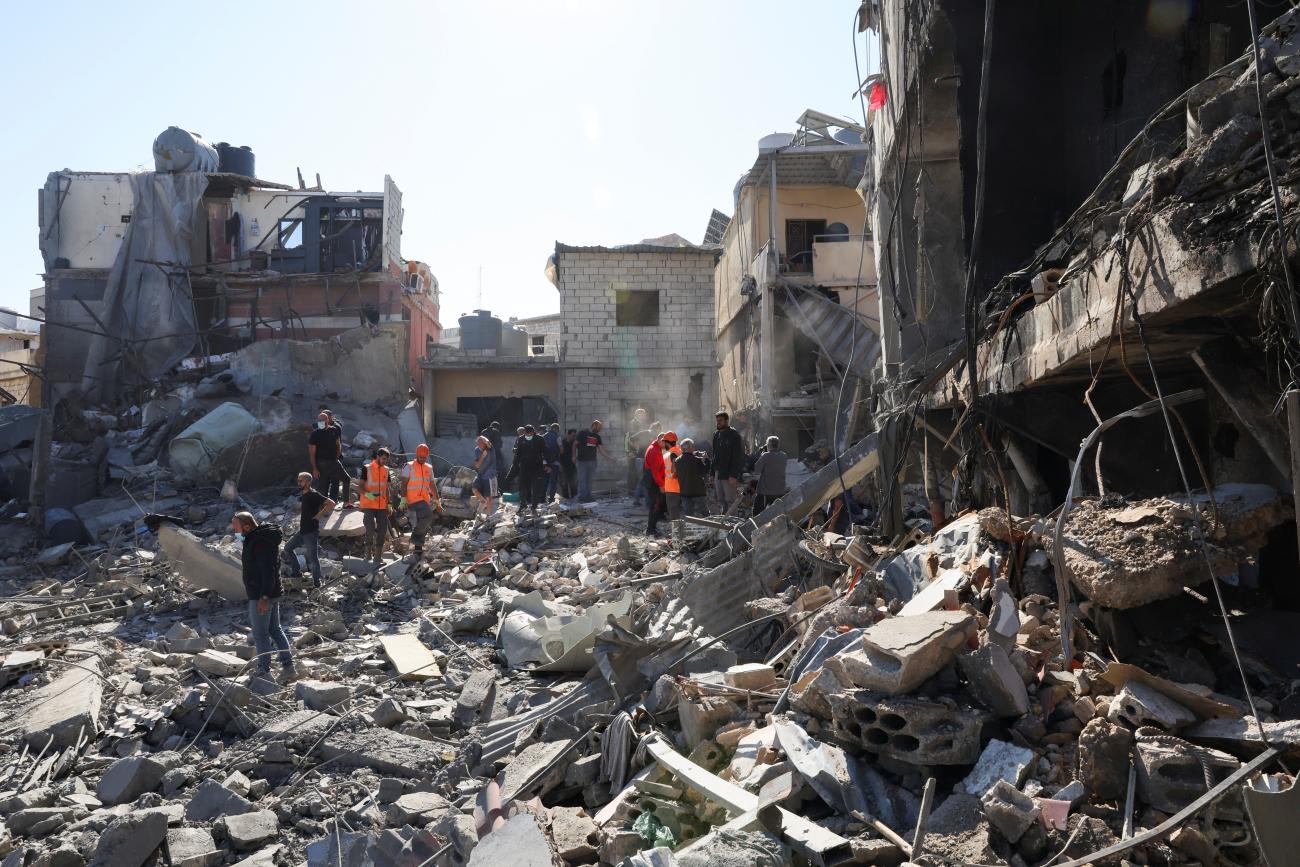
Although the Middle East sits at the center, the crisis is global. Last year, Ukraine reported more than 500 attacks on health care as the war continued following Russia's full-scale invasion in 2022. Myanmar recorded more than 300 incidents of violence against health care, and Sudan logged more than 270 such events as intense armed conflict brewed between the Sudanese Armed Forces and the Rapid Support Forces.
The shocking figures and individual tragedies are occurring even though all conflict parties are obliged to protect health facilities and workers under international humanitarian law. Two competing normative paradigms underpin such laws: military necessity on one side and the dignity of civilians on the other.
Yet several trends accompanying the rising strikes on health care are particularly concerning. In 2024, approximately 81% of attacks on health care were attributed to state rather than nonstate actors, a figure that has increased since 2022. States are arguably the most powerful and influential actors in world politics, serving as signatories to and authors of many of the treaties and declarations on which international humanitarian law is premised. State actors therefore play key roles in influencing the law's ongoing development, interpretation, and implementation.
States have access to resources and the ability to procure advanced commercially produced weapons, which nonstate actors often lack. Thus the increase in attacks on health care attributed to state actors is reflected in the high proportion of incidents involving extremely powerful explosive weapons in populated urban areas, especially in Gaza, Lebanon, and Ukraine. Overall, the proportion of incidents when aircraft-delivered explosive weapons affected health care increased more than twofold between 2022 and 2024.
Not only do some explosive weapons such as the 2,000-pound unguided bombs used by Israel in Gaza lack the accuracy to distinguish between civilian and military targets, they also create a large blast radius on detonation. Some generate a "kill radius" of 50 meters [PDF] with fragmentation extending much farther. Hence, when conflict parties do not take adequate precautions, health facilities and health workers will be damaged or killed as well even if they are not the intended target.
Simultaneously, armed-drone attacks on health care—as a proportion of all incidents involving explosive weapons—rose from 9% to 20% between 2023 and 2024. Compared with aircraft and other weapon launch platforms, drones are relatively affordable for conflict parties and have been used repeatedly by nonstate opposition groups in Myanmar.
For now, the ceasefire between Iran and Israel appears to have held. However, attacks on health care continue with impunity across the Middle East and the globe. To halt this perilous situation, governments must take tangible action to hold the commanders of armed actors and operations to account and change the behaviors of conflict parties including how and where they use explosive weapons.
Clearly, the path to change is long. Yet the scale of the challenge does not diminish the urgency of pursuing it. No hospital should be attacked and no health worker should ever feel fear while helping others.
